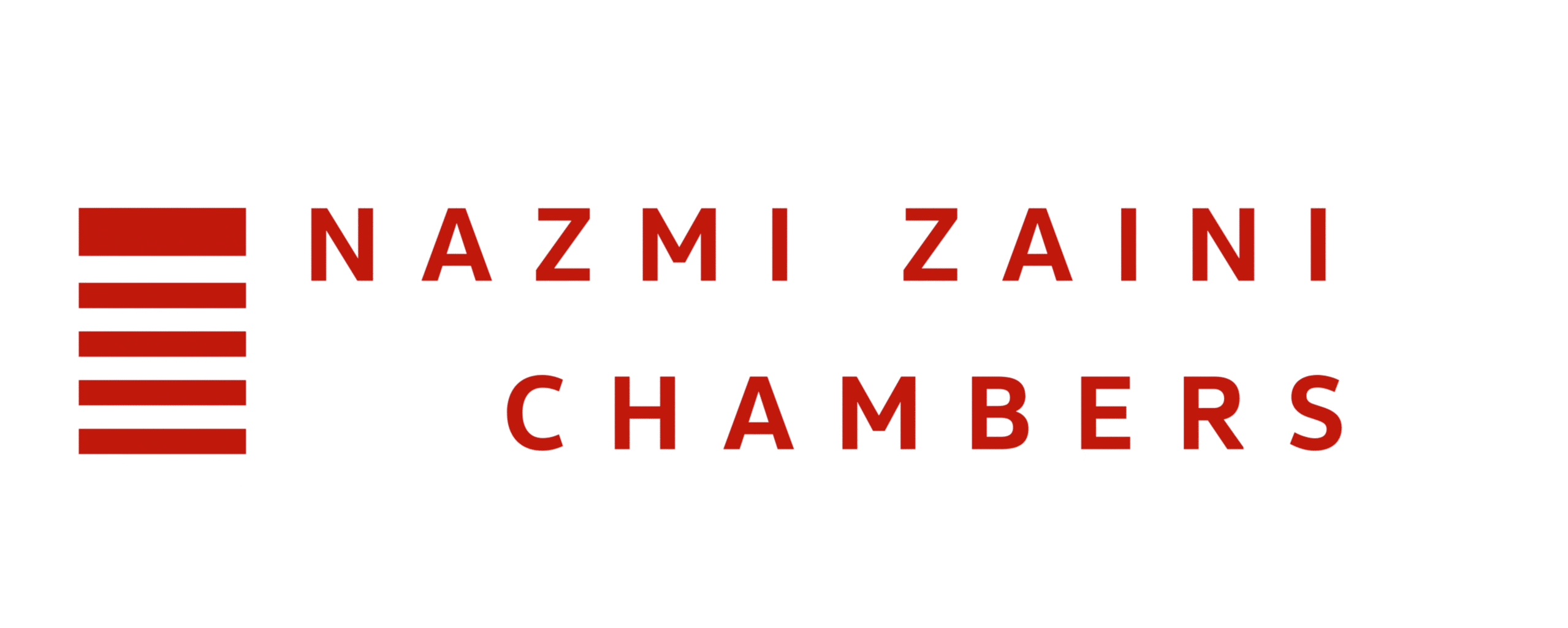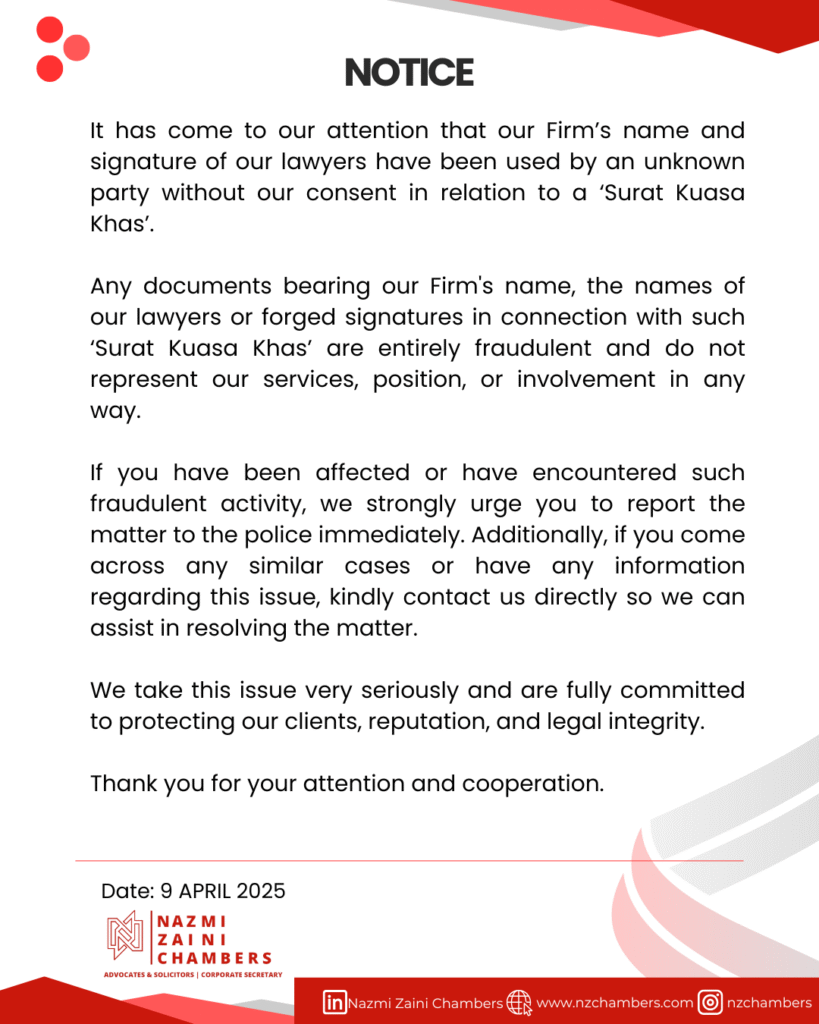WHAT IS A RECONSTRUCTION?
A reconstruction is a scheme formulated by companies that held by substantially the same shareholders wherein the former company’s business and undertakings will be transferred and carried out by the new company. As stated by Buckley J in the case of In Re South African Supply And Cold Storage Company. Wild V. Same Company[i], the scheme of reconstruction means that “the same business shall be carried on and substantially the same persons shall carry it on.” Hence, practically a reconstruction is carried out within an internal link of organization instead of an external party.
WHAT IS AN AMALGAMATION?
An amalgamation take place when two or more undertakings amalgamated or blended and form a new company wherein the shareholders of each company substantially become the shareholders in the new company. It also may take place when one or more undertakings are transferred to an existing company.[ii]Further, amalgamation can be in a form of transfer of business or transfer of shares.[iii]
WHAT ARE THE COMMON OBJECTIVES OF THE SCHEME?
The common objectives for companies to exercise the Scheme are, among others, as follows: –
- To increase the wealth and assets of a company;
- To streamline the businesses within a group of companies to ensure a lean business structure and lower the cumulative tax liability of the group as a whole;
- To diversify the business portfolio where it is cost-efficient for a company to enter a new market by acquiring an existing company;
- To eliminate competitors from a similar market and industry (subject to the provisions under Competition Act 2010); and
- To gain a greater advantage in an industry by increasing and acquiring the market shares held by the target company.
CAN YOU TRANSFER PARTIAL BUSINESS UNDER THE SCHEME?
Yes. Pursuant to Section 370(2)(a), the Court may grant an Order for the transfer to the transferee company to be in the form of transfer of the whole or any part of the assets or liabilities.
WHAT IS THE FIRST STEP TO COMMENCE THE SCHEME?
If two or more companies wanted to execute the Scheme, the first step that need to be taken is to obtain the Board’s approval for the Scheme and subsequently through a directors’ and shareholders’ resolutions in compliance with the Memorandum of Association/Companies Act 2016 and the shareholder’s agreement (if any). This is the crucial step as the shareholder’s agreement or the Memorandum of Association may contain the tag-along rights, drag-along rights or a first right of refusal terms that may endanger the proposal when the said Scheme involves transfer of shares as part of its consideration.
Thereafter, parties will draft and execute a Business Transfer Agreement (BTA) to materialise the said Scheme. Subsequently, the parties are required to obtain the Court’s approval of the said Scheme.
WHAT ARE THE KEY TERMS IN THE BTA?
The key terms in the BTA are, among others, as follows: –
- The list of assets and liabilities to be transferred from the transferor company to the transferee company;
- The consideration of the Scheme either in cash, shares or other legal considerations;
- The effective date of the transfer;
- The default and termination clauses;
- Clauses related to the approval from relevant authorities (if applicable); and
- Clauses related to the Court’s approval of the scheme and vesting order.
HOW MUCH IS THE DUTY STAMP FOR BUSINESS TRANSFER AGREEMENT?
The duty stamp for business transfer agreement based on the nominal stamp duty of RM10 under item 4 of the First Schedule of the Act.
HOW TO OBTAIN THE COURT APPROVAL OF THE SCHEME PURSUANT TO THE COMPANIES ACT 2016?
To obtain the Court’s approval, the first step is to prove to the Court that the arrangement or compromise is proposed for the purpose of reconstruction or amalgamation of any two or more companies and that the whole or part of the undertakings and properties are transferred from the transferor company to the transferee company.
As the Scheme is usually involves a joint arrangement between two companies, the parties will jointly file a joint Originating Summons to the High Court pursuant to Rule 7 of the Rules of Court 2012 to obtain the Court’s approval of the Scheme[iv]. The Originating Summons must be supported by an Affidavit in Support exhibiting the relevant documents, among others, the Business Transfer Agreement, companies’ resolutions approving the said Scheme and the approval from relevant authorities (if any).
WHAT ARE THE RELIEFS THAT CAN BE GRANTED BY THE COURT?
Under Section 370(2), there are six types of reliefs that can be granted by the Court upon approving the said Scheme as follows: –
- the transfer of the whole or any part of the undertaking and of the property or liabilities;
- the allotting or appropriation by the transferee company of any shares, debentures, policies or other similar interests in that company which under the compromise or arrangement are to be allotted or appropriated by that company to or for any person;
- the continuation by or against the transferee company of any pending litigation;
- the dissolution without winding up of the transferor company;
- the provision to be made for any persons who, within such time and in such manner as the Court directs, dissent from the compromise or arrangement; or
- other necessary reliefs to secure that the reconstruction or amalgamation shall be fully and effectively carried out.
WHAT IS THE NECESSARY ACTION TO BE TAKEN AFTER THE ORDER HAS BEEN GRANTED?
When the Court has approved the said Scheme, the said Order must be lodged to the Registrar of Company within seven days from the date of the Order and if it is related to any transfer of land, it must be lodged to the respective Land Office. Further, it is also important to set out the duty of each party in dealing with the lodgments with respective authorities to avoid any ambiguity.[v]
DOES THE TRANSFER OF THE PROPERTIES TAKE EFFECT FROM THE DATE OF THE COURT ORDER?
The effective date of the transfer or vesting of any properties will only take effect when appropriate entries been made by the relevant authorities.[vi] For example, the transfer of land in accordance to the Scheme and the Order will only take effect when the Land Office registered the land to the transferee company.
WHAT HAPPENS IF THE SCHEME IS EXERCISED WITHOUT THE APPROVAL OF THE COURT?
Every Scheme either reconstruction or amalgamation shall comply the requirements under Section 370 and must be approved by the Court. In the event that any company contravene the said provision, the Company and every officer has been deemed to commit an offence and shall on conviction be liable to a fine not exceeding RM 10,000.00 and in the case of continuing offence, to a further fine not exceeding five hundred ringgit for each day during which the offence continues after conviction.[vii]
DOES THE STAMP DUTY IS EXEMPTED FOR THE INSTRUMENTS IN RELATION TO THE SCHEME?
The instruments executed pursuant to the Scheme may be exempted from the stamp duty subject to the conditions stated out in Section 15(1) of the Stamps Act 1949.
DOES THE SAID STAMP DUTY EXEMPTION APPLICABLE TO ALL INSTRUMENTS IN RELATION TO THE SCHEME?
The said exemption is applicable to all instruments, primary and secondary instruments, as decided by the High Court in the case of Cititower Sdn Bhd v Pemungut Duti Setem[viii].
In that case, the Collector disputed the applicability of Section 15(1) towards the Memorandum of Transfer as it is a subsidiary instrument and submit that the exemption is only applicable to the primary instrument which was the Sale of Business Agreement. However, the Court ruled that if the Parliament intended for the exemption to be applicable to only specific instrument, it should be worded expressly. Section 15(1) does not restrict the exemption to any specific instrument and it has expressly stated that the exemption to be applicable to any instrument. Hence, the exemption will be applied to any instrument that related to the said Scheme.
DOES THE DISPOSAL OF REAL PROPERTIES UNDER THE SCHEME IS EXEMPTED FROM BEING LEVIED FOR THE REAL PROPERTY GAINS TAX (RPGT)?
Technically, RPGT are not exempted for the disposal of real properties in relation to the Scheme. However, subject to the approval of the Director General, the said disposal may be considered as transaction that receives no gains or suffers no loss.[ix]
In a simpler term, the transferee company is deemed to acquire the said property equal to the acquisition price of the transferor company. For example, in 2010, company A acquired a piece of property for a price of RM300,000.00. Then, in 2020, company A transferred the property to company B under the Scheme, which was approved by the Director General. Company B will be considered to acquire the said property for the same price of RM300,000.00. Hence, no tax will be charged for the said transaction.
WHAT ARE THE CONDITIONS TO BE MET TO RECEIVE THE APPROVAL FROM THE DIRECTOR GENERAL?
There are three disjunctive conditions for a particular transfer are considered as a disposal that receives no gains or suffers no loss, provided that the transferee company is a resident in Malaysia. The said conditions are as follows[x]: –
- an asset is transferred between companies in the same group to bring about greater efficiency in operation for a consideration consisting of shares in the company or substantially of shares in the company and the balance of a money payment;
- an asset is transferred for any consideration between companies in any scheme of reorganization, reconstruction or amalgamation; or
- an asset is distributed by a liquidator of a company and the liquidation of the company was made under a scheme of reorganization, reconstruction or amalgamation.
However, the conditions at para (b) and (c) is subject to a subsequent provision wherein the Director General will only grant the approval after he is satisfied that the said Scheme is in compliance with the Government policies on capital participation in the industry.
WHAT IS THE TAX TREATMENT AGAINST THE SUBSEQUENT TRANSFER AFTER THE DISPOSAL IN RELATION TO THE SCHEME?
We have discussed that a transfer of a property in relation to the Scheme is deemed to receive no gains and suffer no loss if it is approved by the Director General. If the transaction is approved, the subsequent transaction to any third party is taxable under the RPGT Act wherein the rates are calculated from the time of the transfer in relation to the Scheme was made.[xi]
WHAT ARE THE EFFECTS OF THE SCHEME ON EXISTING EMPLOYMENT CONTRACTS?
In the event the Scheme affected the transferring company wherein the company is dissolved after the effective date of the Scheme, all employment contracts are considered as lapsed as the said transferor company has no longer exist. This is due to the position of the law that an employee is not a chattel to be traded between employee without the consent of the said employee. This position is affirmed by the Federal Court in the case of Affin Bank Bhd v Mohd Kasim Ibrahim[xii] wherein the employment contracts cannot be transferred under the Scheme.
Hence, as the employment contracts cannot be transferred under the Scheme, new contracts must be entered between the employees and transferee company in the event the parties intended to ‘transfer’ the employees into the new company.
WHEN DID THE SCHEME NEED TO BE APPROVED BY RELEVANT AUTHORITIES?
In exercising the Scheme, some of the Scheme requires approval from relevant authorities as the companies may operate under a regulated market such as the water industry, banking industry, capital market and brokerage services. Separately, the Parties should consider if the Scheme is involved in any industry that requires a specific license or approval from the authorities.
For example, the licensees under the Water Services Industry Act 2006 shall obtain prior approval from the Minister for the said licensees to undertake the Scheme.[xiii]
DOES THE SCHEME IS SUBJECT TO THE MALAYSIAN COMPETITION COMMISSION’S (MyCC) APPROVAL?
Currently, the existing law did not provide any express regulation on the merger and acquisition scene in Malaysia. However, efforts have been made to amend the Competition Act 2010 and to introduce the merger regime control wherein MyCC will be responsible to regulate the M&A scene in Malaysia. The said proposal is still at public consultation stage which if the Bill is tabled and passed, all Scheme may need to obtain MyCC’s approval beforehand.[xiv]
Authors: Azrul Haziq Khirullah, Fatihah Azhar
Published Date: 17 October 2022
References:
[i] [1904] 2 Ch 268, p. 286
[ii] Ibid, p. 268
[iii] Crane Fruehauf Ltd v Inland Revenue Commissioners [1975] 1 All ER 429
[iv] Section 370(1) CA 2016
[v] Section 370(4) CA 2016
[vi] Section 370(5) CA 2016
[vii] Section 370(6) CA 2016
[viii] [2017] MLJU 2298
[ix] Paragraph 17 of the Second Schedule of RPGT Act 1976.
[x] Ibid
[xi] Part II of Schedule 5 of RPGT Act 1976
[xii] [2012] MLJU 1794
[xiii] Section 109 WSIA 2006
[xiv] https://www.theedgemarkets.com/article/my-say-competition-act-amendments-potential-game-changer






